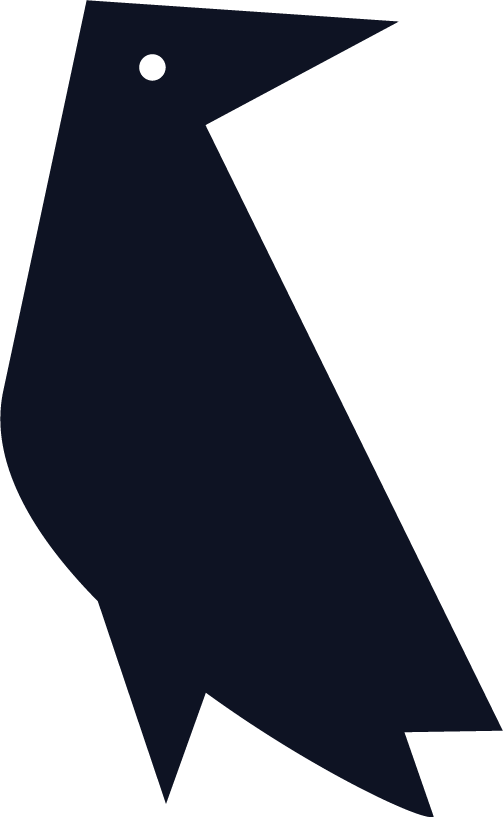For the purpose of this blog post, I am using a 28 days cycle, with the understanding that all cycles are unique to each individual and there is huge variability.
Breathing well is at the foundation of our yoga practice. I often remind those who attend my classes that as soon as we feel our breath change, it is a communication from our bodies to our minds. Our breath is often felt in different parts of our bodies when we are practising asana; for example in balasana (child’s pose) there is a restriction around the belly area, and we may feel our breathe predominantly in the back of our lungs.
Dysfunctional breathing (or not breathing well) reduces carbon dioxide in our bodies and we need it to support optimal uptake of oxygen. Shallow breathing, fast breathing, upper chest breathing, mouth breathing all result in our body not optimising oxygen uptake. This can appear as symptoms such as brain fog, headaches, muscle cramps, yawning, sighing, breathlessness, dizziness, dry mouth, anxiety, palpitations, pins & needles, twitching muscles, cold hands, tense/tight/sore neck, chest or jaw.
However, for those who experience a monthly cycle, the fluctuations in hormones are an added strain on the breath.
Around days 10-22 of your cycle when progesterone increases, so does your breathing rate. Progesterone is a respiratory stimulant which simply means your breath gets faster.
This can translate as your breath being predominantly in your upper chest, also known as shallow breathing. You may notice a sense of breathlessness or air hunger around this time; a feeling of not getting enough air or oxygen.
When we breathe more (increase in breaths per minute) then our carbon dioxide decreases. At this point in your cycle as progesterone increases, carbon dioxide can decrease as much as 25%. Any extra stress on the body, when carbon dioxide levels are already lower, will mean the breath gets faster. This leads to pain perception increasing (we have a lower pain threshold) as well as a possible increase in anxiety and fatigue.
So, for many people, their Premenstrual syndrome (PMS), perimenopause, asthma, chronic fatigue, long covid symptoms increase just before their period.
You may find it helpful to think of your cycle in seasons…see infographic below with further information.
Winter: days 1-7: oestrogen & progesterone are low when you have your period. This is when we should slow down and do less. Hibernation
Spring: days 7-14: body is preparing to release an egg and so oestrogen levels are rising. Like Spring things are blooming again.
Summer: days 14-21: This is when oestrogen peaks, progesterone peaks around day 21 and testosterone is rising. Like Summer time, it’s time to do more with more energy.
Autumn: days 21-28: Oestrogen decreasing. Begin to slow down
What can you do? Practise breathwork. The more we practise, particularly slowing the breath down, the less likely hormones will interrupt breathing well. Just as Dr Dan Siegel says ‘by creating a mind state, it can then become a mind trait.’ The more we practice breathing well, the more likely it will happen intuitively unconsciously. However, we must remember, breathwork is a practice. It’s a practice we should do each day even for a couple of minutes to ensure we are optimising our breath to support our wellbeing.
You can read more about breathing here: https://www.theyogacrow.com/breathe
Patrick McKeown writes in chapter 12 of The Breathing Cure how breathing is different for women. I also really like Maisie Hill’s books on the menstrual cycle and perimenopause, she delves deep but also has a free resource on her website where you can sign up for her emails and get the 'chart my cycle’ pdf to print out:
The Balance app is great way to track symptoms/periods/mood/activity/sleep etc….in perimenopause.
Join me on Wednesdays at 11am for my Breathe class with 360 Mind Body Soul




